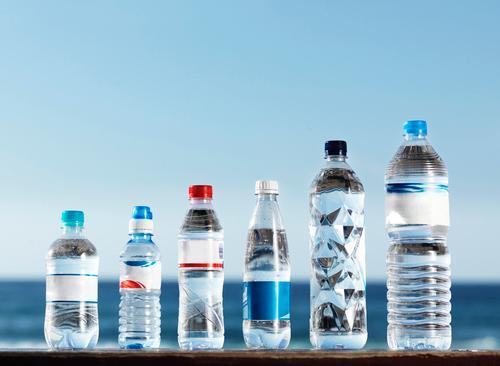
A few years back, rumors circulated that Sheryl Crow claimed drinking bottled water left in a hot car had given her breast cancer. The result? A fresh wave of good, old-fashioned fear. Since then, the worry over plastic bottles leaching dangerous chemicals into our water has never quite disappeared — and perhaps for good reason, suggests a new study published in the September edition of Environmental Pollution.
Scientists from Nanjing University in China and the University of Florida investigated the effects of storing 16 brands of bottled water (all sold in China) at three temperatures: 39 degrees F, 77 degrees F, and 158 degrees F, intended to mimic the temperatures of a refrigerator, a standard room, and the inside of a car, respectively. “Based on the literature, that is a temperature that’s reachable on a hot summer day in a car,” study author Lena Ma told Yahoo Health.
The researchers checked the levels of two substances — antimony and bisphenol A (BPA) — after one, two, and four weeks. Antimony, a trace heavy metal, has been found to play a role in lung, heart, and gastrointestinal diseases, according to a 2009 study review. The International Agency for Research on Cancer classifies one form of the metal, called antimony trioxide, as a “possible carcinogen.” BPA, meanwhile, is a chemical that can mimic estrogen in the body and which is found in some plastics; it’s been banned for use by the FDA in baby bottles and sippy cups.
The researchers found that as the temperature rose and time passed, increasingly high levels of antimony were detectable in the bottles of water. Specifically, at 77° F, the release of antimony increased by as much as twofold over that at the cooler temperature — although the levels of the trace metal varied by brand, increasing significantly at 77 degrees F in only six out of 16 brands.
BPA levels, meanwhile, went up in only three brands at this temperature, though the concentration still wasn’t high enough to cause concern, Ma said. But the presence of BPA in bottled water, period, is still something of a mystery: “In theory, the plastic should not contain BPA,” she said. One explanation, she noted, is that “during the manufacturing process, especially if you use recycled plastics, you may find trace amounts of BPA. It’s an impurity.”
At 158 degrees F — the hot-car condition — antimony concentrations consistently increased, with up to a 319-fold boost in levels of the metal, compared with levels in the refrigerator condition. The highest level measured was .00026 milligrams per liter of water, which is still lower than the EPA’s legal limit of .0006 milligrams per liter for drinking water. However, other countries, such as Japan, have set stricter limits on the substance.
The scientists estimate that, worst-case scenario, drinking the most heavily contaminated brand of bottled water could mean consuming .0004 mg of antimony per kilogram of body weight each day, which they said may pose a health risk, especially for children. Another factor to consider: Calcium — often found in bottled mineral water — has been shown to enhance the release of antimony. “Therefore,” the researchers wrote, “the health risk caused by [antimony] release from PET bottles in this study may be underestimated.”
No comments:
Post a Comment